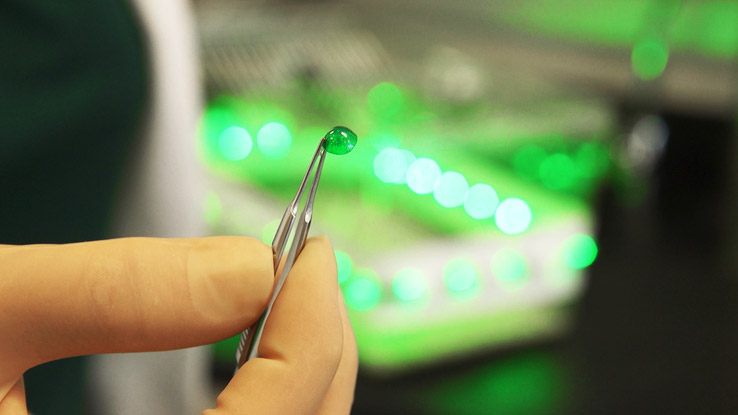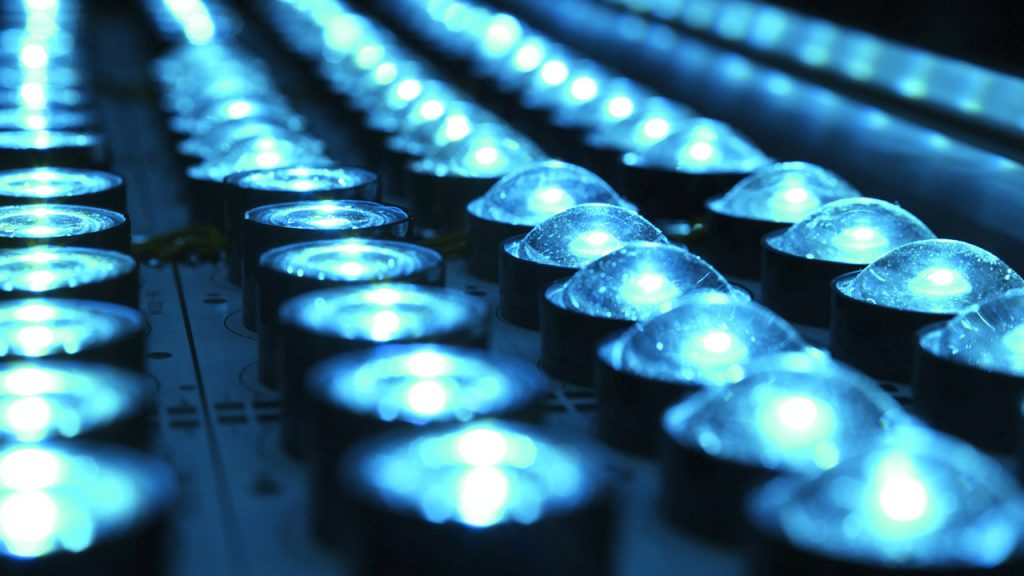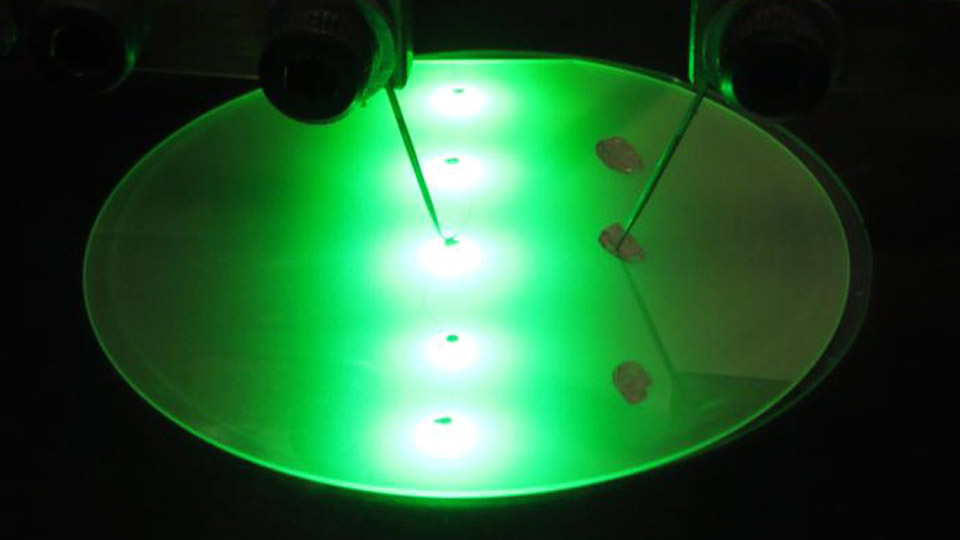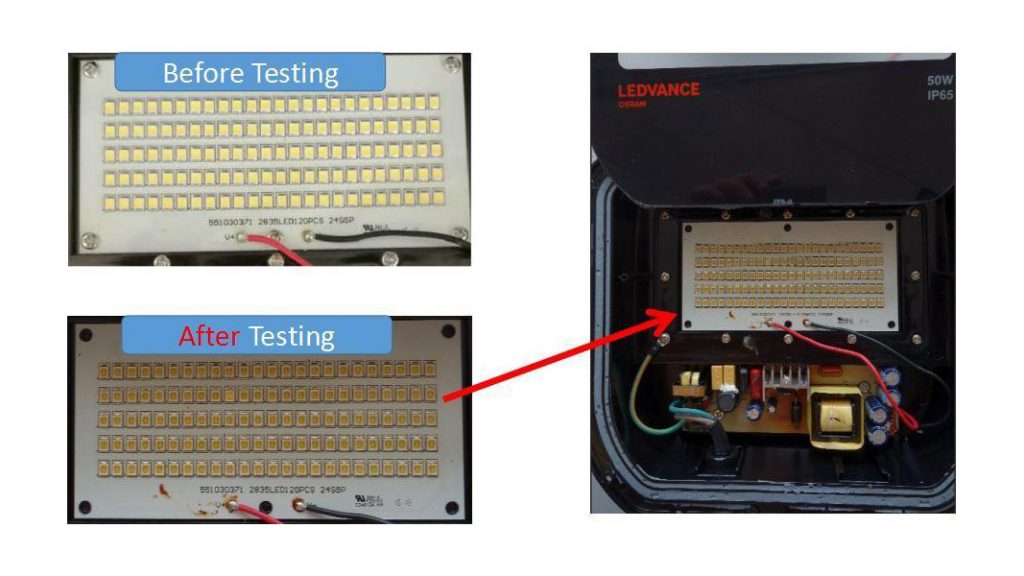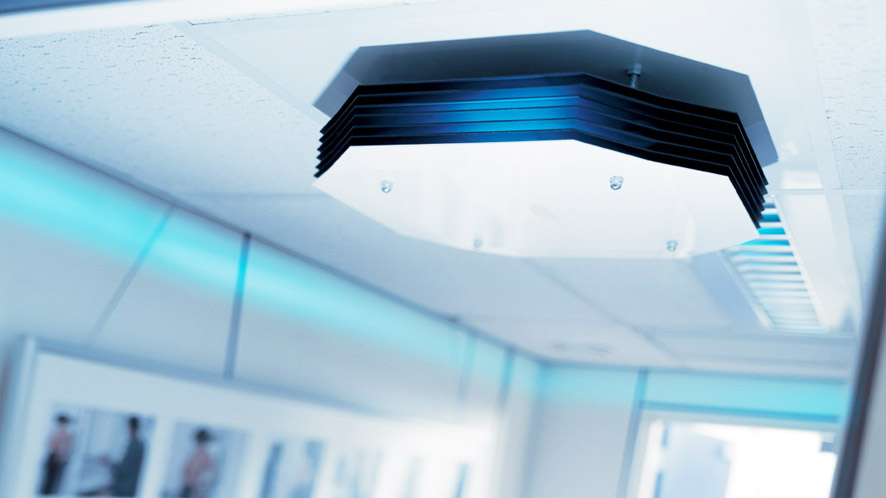New Study Spells Out Solutions to Make LED Lighting Safe for Health
Demand for energy efficient LED bulbs is picking up. However, there have been complaints that energy efficient light bulbs cause headaches. According to a professor at England’s University of Essex, LED lights flicker around 100 times per second, which is known to cause headaches and or leading to pain or dizziness.

Demand for energy efficient LED bulbs is picking up. However, there have been complaints that energy efficient light bulbs cause headaches.
According to a professor at England’s University of Essex, LED lights flicker around 100 times per second, which is known to cause headaches and or leading to pain or dizziness.
We can see 2000 flashes of light a second because the eyes move rapidly when we change sight from one point to another. During our eye movement, the flicker of light creates a pattern that we usually see. Some type of patterns create health problems, as some types of lighting can affect us.
LEDs can dim and also turn on and off completely. But most other lighting bulbs continually dim and then brighten again at a very fast rate.
According to Arnold J Wilkins, University of Essex, as LED flickering is more pronounced, with the light dimming by 100% rather than the 35% like fluorescent lamps, there is a chance that LEDs could cause headaches. It can cause annoying, distracting effect of the flickering, which is detected during saccades.
To avoid the flicker, the lamps can be operated with a direct current so that the light is constant, but this involves more expensive components that have shorter life, says Arnold J Wilkins.
Another solution is to design the LED lights in such a way so that the flicker cannot be detected. But just how fast must the flicker be in order to be harmless?
To find out, Arnold J Wilkins’ and his colleagues asked people to make a saccade across a flickering source of light and to report when they could see a pattern of multiple images of the light during the eye movement. When the light flickered 1,000 times a second the pattern could clearly be seen. At about 3,000 per second, the images became invisible.
In contrast, some LEDs flash only 400 times per second. The flicker is still far too rapid to be seen directly, but some people can see multiple images of the lamps every time they make a saccade, which is unpleasantly distracting. The flickering of these LEDs may limit the uptake of the bulbs, just as many people dislike energy-saving fluorescent lamps.
Currently, while buying an LED bulb, there is no way of telling whether or not it will flicker. But there are already standards for LEDs that would limit flicker to acceptable levels. So ensuring these are met could make a big difference to our attempt to make our homes and workplaces more energy efficient.
BizLED Magazine

